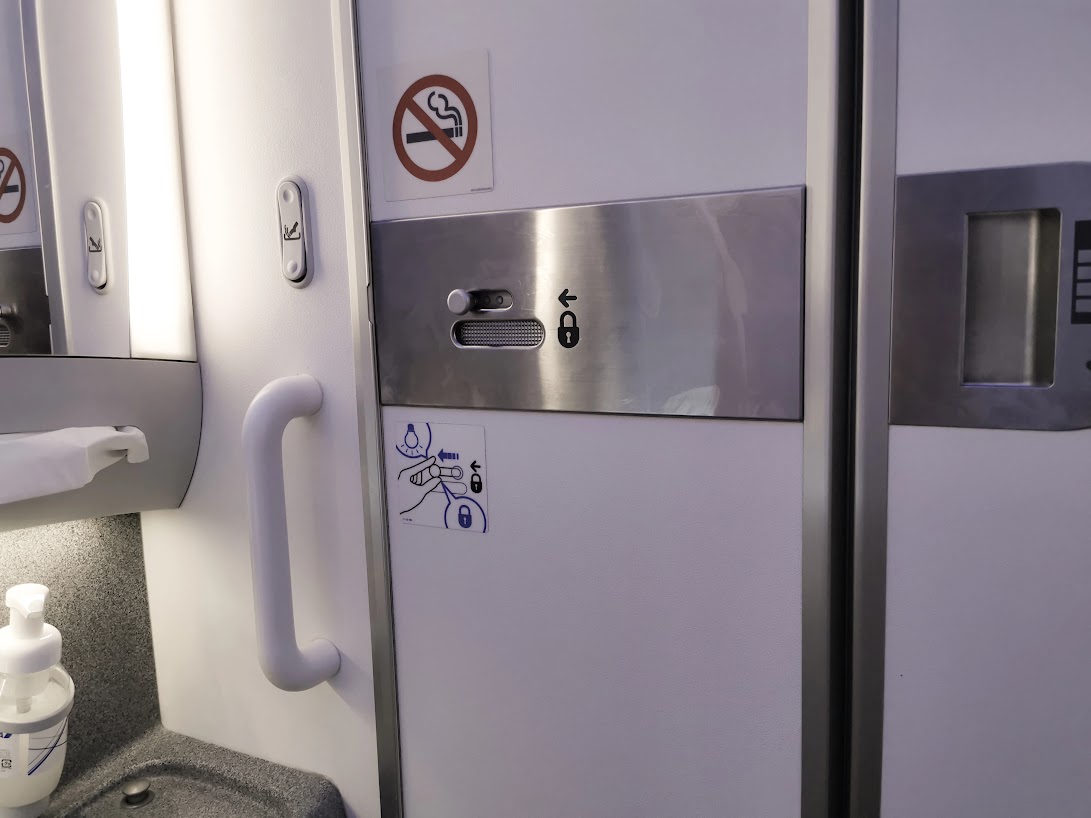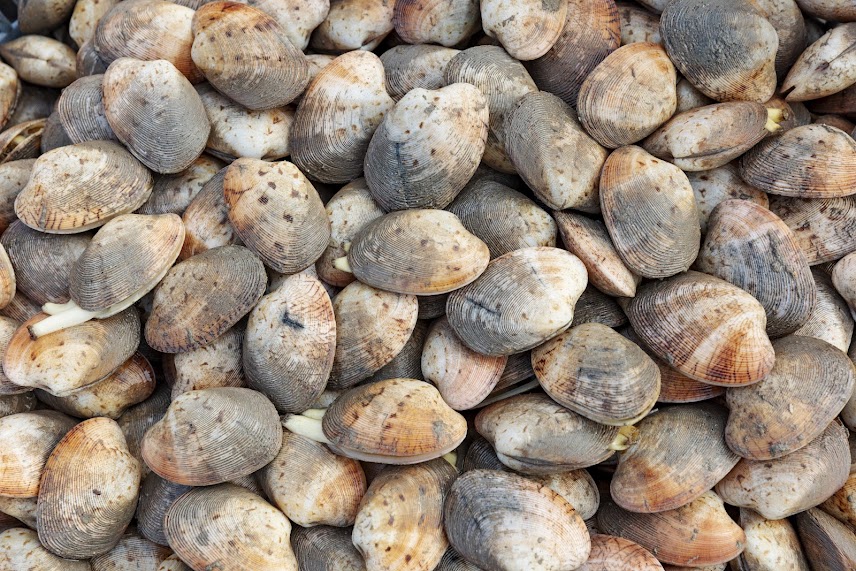
- SkyJoy
- Chuyến bay của tôi
- Online Check-in
- E-Menu
- E-Visa
- Dịch vụ chuyến bay
- Dịch vụ khác
Ngày đi

Ngày về
Latest Update on Entry Regulations to Australia
If it's your first time traveling to Australia, besides worrying about how to obtain an Australian visa, you probably have other concerns, such as how to declare customs entry, the complexity of entry procedures, luggage regulations, and more. Understanding these concerns, this article will summarize all the latest entry regulations to Australia, making your trip to this beautiful country smoother.
1. Entry Regulations and Conditions to Australia
The latest entry regulations to Australia include:
1.1 Conditions for Successful Entry to Australia
Below are four basic factors that everyone needs to adhere to for a quick entry to Australia:
-
Possession of a valid visa (specifically, a visa that aligns with the purpose of your trip, such as studying, working, or tourism, and has enough validity to accomplish your goals in Australia).
-
Meeting health requirements (such as being free from infectious diseases, having received at least two vaccine doses, or possessing exemption certificates for entry).
-
Meeting identity requirements (including carrying all necessary identification documents and having a clean criminal history).
-
Strict compliance with document and luggage entry requirements.
1.2 Document Requirements for Entry to Australia
Prepare all the necessary documents listed below before entering Australia:
-
Original passport.
-
Valid Australian visa.
-
Incoming Passenger Card for Australia.
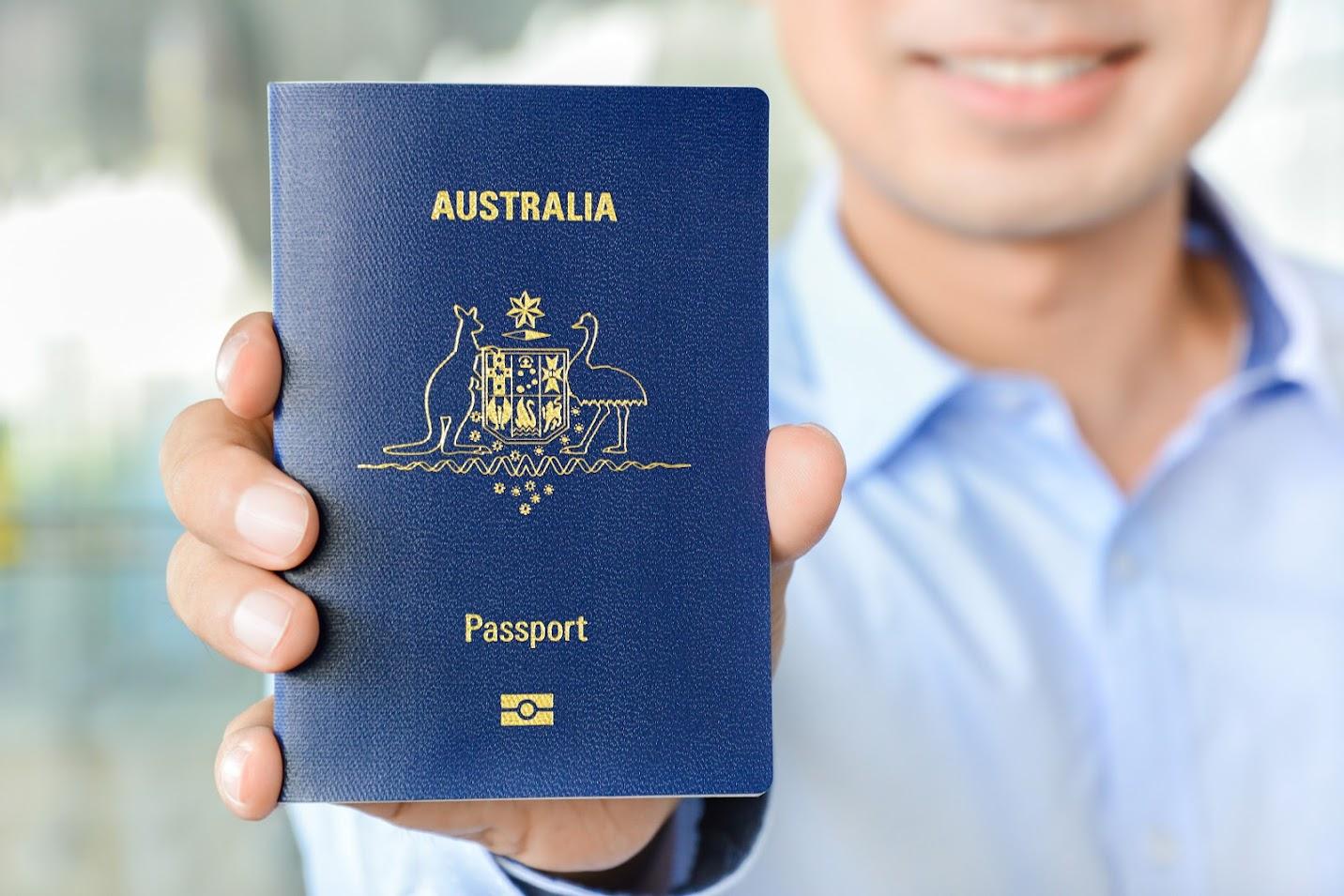
Having the required documents is one of the essential prerequisites for entry into Australia.
1.3 Luggage Regulations for Entry to Australia
Here are the two most basic luggage regulations (applicable to both carry-on and checked luggage) for a successful entry:
-
Liquid or gel containers must not exceed 100ml each (e.g., makeup remover, perfume, hair spray). The total weight of inorganic powdered items (e.g., salt, sand, makeup powder) must not exceed 350 grams.
-
Do not carry prohibited items into Australia, such as fresh food, plants, eggs, fresh fruits, or weapons.
2. Latest Guidelines for Entry Procedures to Australia
Citizens of other countries must complete the following six entry steps in sequence to successfully enter Australia:
1. Step 1: Fill out the Entry Card for Australia
Before arriving at Australian airports, flight attendants will provide all passengers with an Entry Card for Australia (Incoming Passenger Card Australia). You need to fill in all the information accurately, including:
- Front side of the Entry Card: Includes:
-
Family/Surname.
-
Given names.
-
Passport number.
-
Flight number or name of the ship.
-
Intended address in Australia.
-
Do you intend to live in Australia for the next 12 months?
-
Do you have tuberculosis?
-
Do you have a criminal record?
-
11 questions related to Customs and Quarantine procedures.
- Back side of the Entry Card: Includes:
-
Your contact details in Australia, such as phone number, email, and address.
-
Emergency contact details - Family or friend, including name, email, phone number, or mail address.
-
In which country did you board this flight or ship?
-
What is your usual occupation?
-
Nationality as shown on passport.
-
Date of Birth.
-
Some questions related to the purpose of entry into Australia, select by marking with an X, such as Migrating permanently to Australia, Visitor or temporary entrant, or Resident returning to Australia.
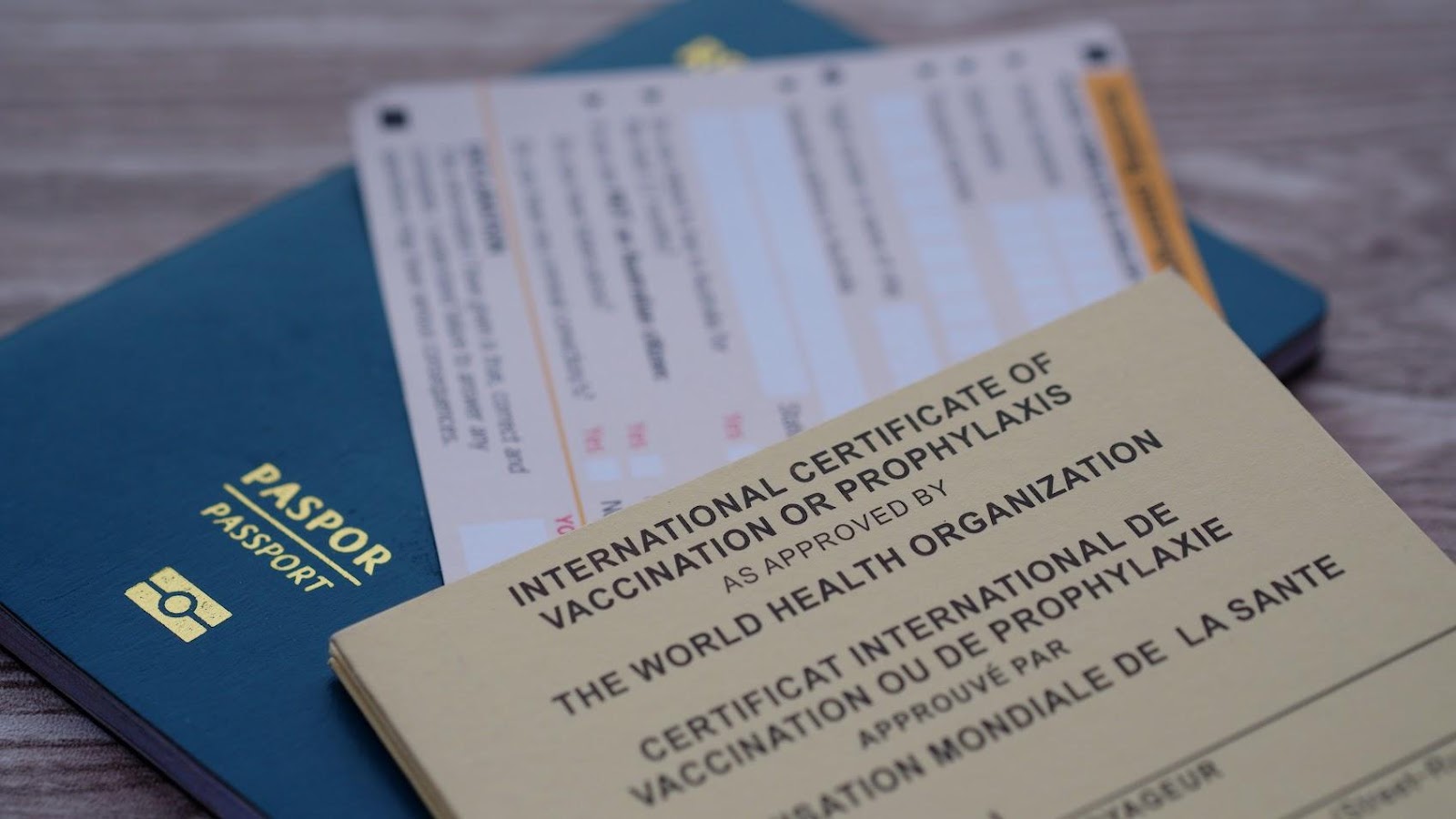
If you haven't received an Incoming Passenger Card for Australia on your flight, you can directly contact the airport's immigration counter in Australia.
2. Step 2: Declare Goods When Going Through Australian Customs Entry
On the front side of the Entry Card, there are 11 questions related to declaring goods, and you must honestly select "Yes" or "No." Specifically:
-
Do you have goods that may be prohibited or subject to restrictions, such as medicines, chemicals, illegal adult products, firearms, weapons, or illicit drugs?
-
Do you have more than 2250 ml of alcohol, 250 cigarettes, or 250g of tobacco products?
-
Do you have goods obtained overseas or purchased duty-free and/or tax-free in Australia with a combined total price of more than AUD$900, including gifts?
-
Do you have goods/samples for business/commercial use?
-
Do you have AUD$10,000 or more in cash (or foreign currency equivalent)?
-
Do you have any food items, including dried, fresh, preserved, cooked, or uncooked?
-
Do you have seeds, bulbs, straw, nuts, wooden articles, plants, parts of plants, traditional medicines, or herbs?
-
Do you have animals, parts of animals, animal products, specimens, birds, fish, insects, shells, bee products, or pet food?
-
Do you have soil, or articles with soil attached, such as sporting equipment or shoes, used in freshwater areas?
-
Have you visited a rural area, been in contact with farm animals outside Australia, or been near wild areas or freshwater lakes/rivers in the past 30 days?
-
Have you been in Africa or South America in the last 6 days?
3. Step 3: Passport Stamping
Currently, Australia does not stamp passports as it used to. However, if you need entry documentation, you can request customs officers to do so.
4. Step 4: Fingerprint Verification
Fingerprint verification (minimum of 4 prints) is a mandatory part of the latest Australian entry procedure to verify whether your identity matches your personal documents and visa. After confirmation, fingerprint data will be deleted immediately to ensure your privacy.
5. Step 5: Luggage Inspection
Customs officers begin inspecting both carry-on and checked luggage. If there are any unusual items inside (or items that differ from the information on the Entry Card), officers have the authority to inspect and confiscate them.
6. Step 6: Answering Customs Questions
In case there are doubts about the information on the Entry Card or in your luggage, officers will request direct answers from you. It's essential to provide accurate and concise information to avoid suspicion of illegal entry, which could impact future entry and exit processes.
3. Important Considerations When Entering Australia
In addition to the entry regulations mentioned above, when visiting Australia for the first time, you should also take note of the following:
3.1 Avoid Carrying Large Amounts of Cash When Entering Australia
According to regulations, you are not allowed to carry more than AUD 10,000 in cash (or equivalent foreign currency) when entering Australia. If it's necessary to carry more, you must have proper documentation and declare it to customs authorities through the website https://apps.austrac.gov.au/cbmmi/carrying/introduction.

You can carry up to AUD 10,000 in cash for use when needed.
3.2 List of Prohibited Diseases for Entry into Australia
If citizens from other countries have the following infectious diseases, the Australian government reserves the right to deny entry:
-
Dengue fever, yellow fever, rash, measles, hand-foot-mouth disease.
-
Plague.
-
Acute respiratory disease.
-
Polio, avian influenza A/H5N1, anthrax, glanders.
-
HIV/AIDS.
-
Influenza, rabies, avian influenza, pulmonary tuberculosis, and more.
-
Tapeworm, liver fluke, lung fluke, intestinal fluke.
3.3 Cases Prohibited from Entering Australia
The Australian government absolutely does not accept entry for the following cases:
-
Non-compliance with visa stay duration (>28 days).
-
Failure to extend the visa as required.
-
Providing false information, documents, or qualifications.
-
Misusing a visa for the wrong purpose (e.g., using a tourist visa to work illegally).
-
Failure to meet health requirements (such as having an infectious disease).
-
Committing a crime or public disturbance during the stay in Australia.
-
Leaving Australia while holding a Bridging Visa C, D, E - temporary visas that allow residents to stay for a specific period while applying for another type of visa.
By sharing the latest entry regulations into Australia from this article, we hope that readers will have a smooth and memorable trip to Australia.
Currently, Vietjet offers a variety of flights to Australia with affordable ticket prices and a promotion of 0 VND fares on Wednesdays, Thursdays, and Fridays each week, along with many other attractive deals.
Popular flights from Australia to Vietnam by Vietjet Air:
- Sydney - Ho Chi Minh City
- Melbourne - Ho Chi Minh City
- Brisbane - Ho Chi Minh City
- Perth - Ho Chi Minh City
- Adelaide - Ho Chi Minh City
- Sydney - Ha Noi
- Melbourne - Ha Noi
- Brisbane - Ha Noi
- Perth - Ha Noi
For more detailed information, please visit the Vietjet website/app and follow all official channels for ticket prices and suitable schedules.
-
Website: https://www.vietjetair.com
-
Facebook: https://www.facebook.com/vietjetvietnam
-
Instagram: https://instagram.com/vietjet










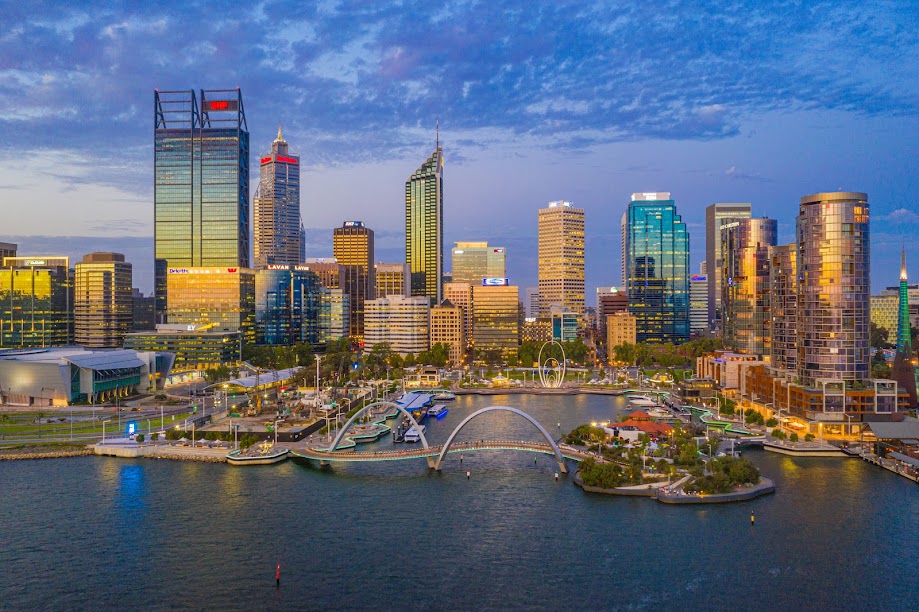





























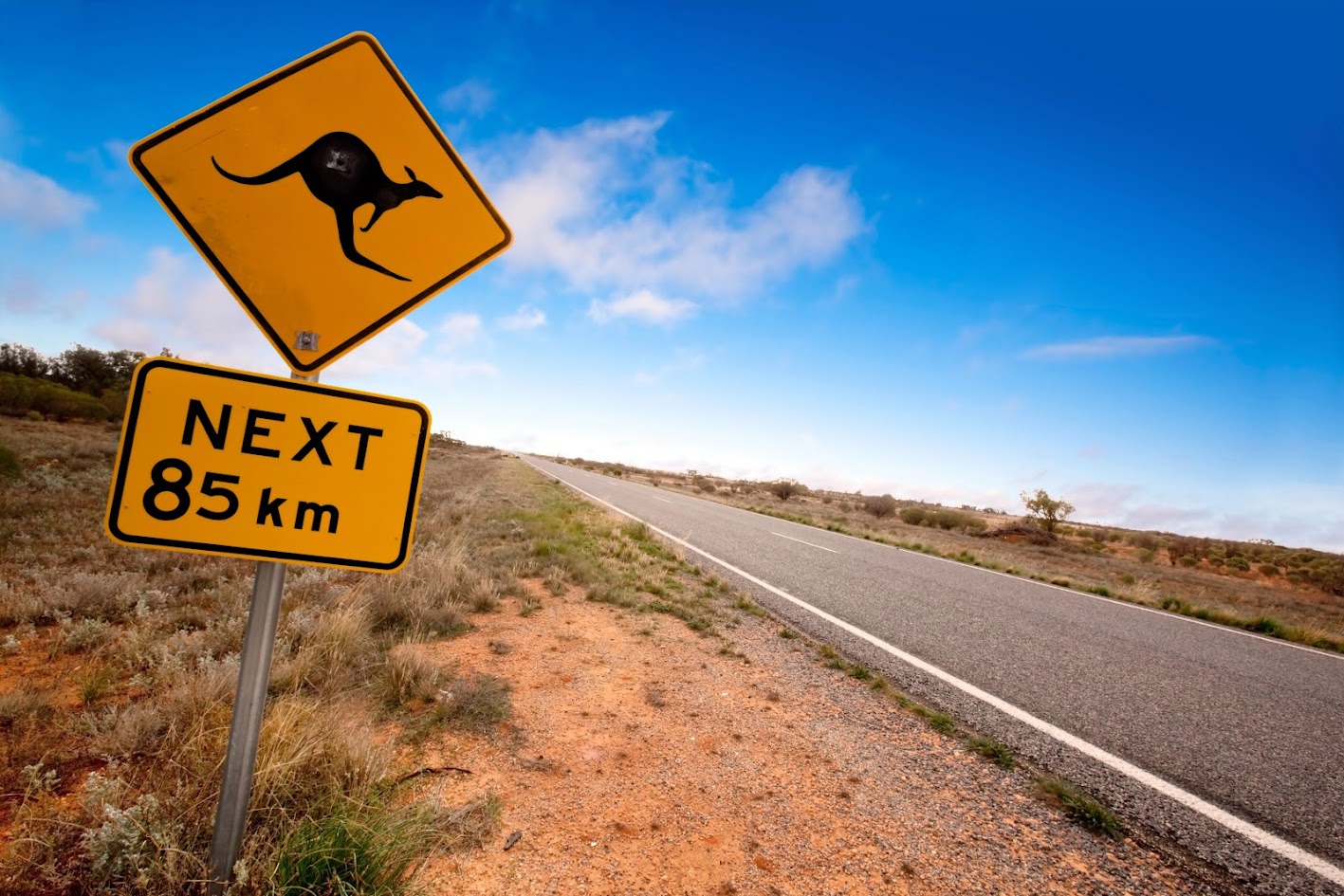





































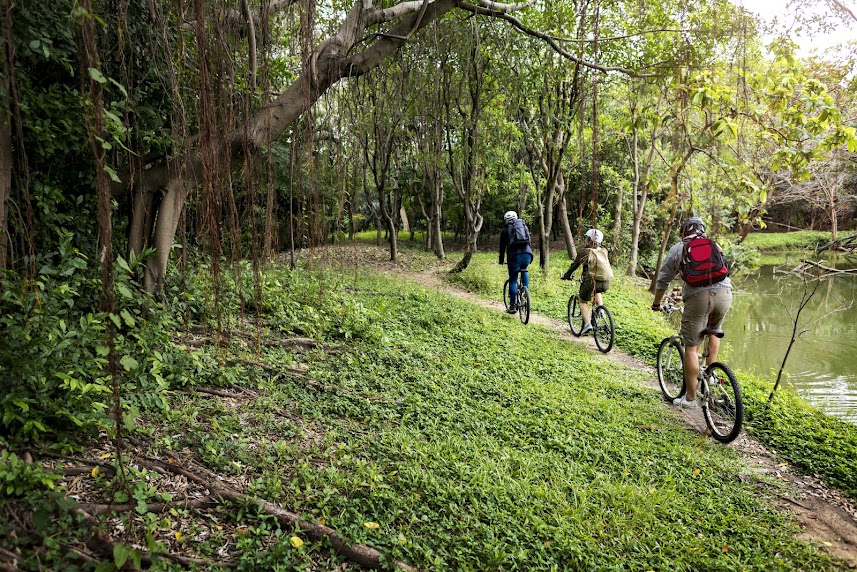



















































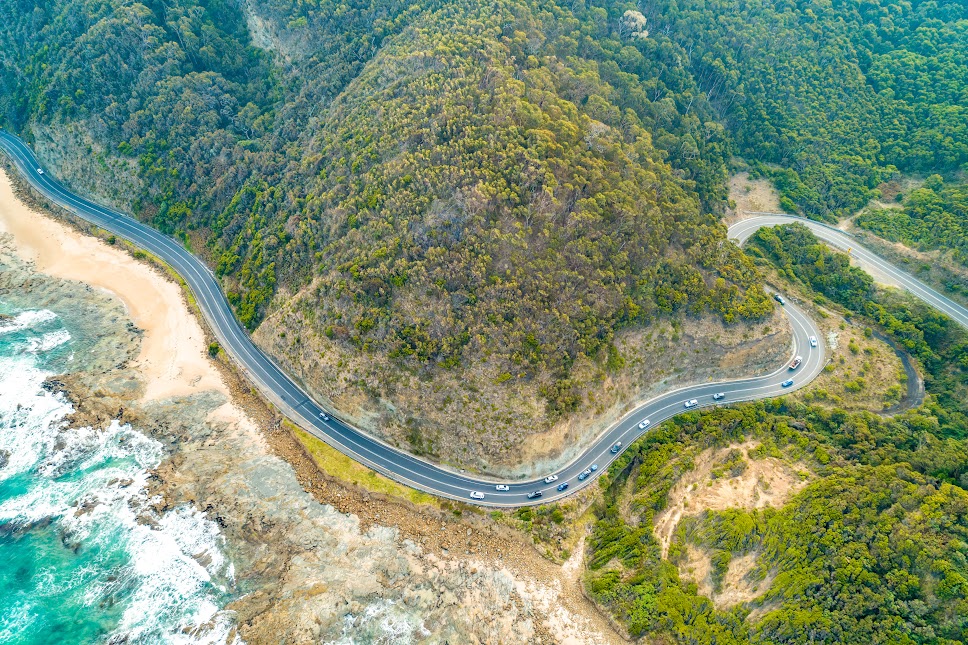


































![[FAQ] What is the Best Time to Travel to South Korea?](https://vj-prod-website-cms.s3.ap-southeast-1.amazonaws.com/shutterstock533705653supersize-1696644100090.jpg)





























































































































